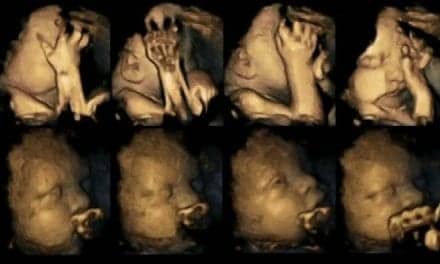The American Academy of Pediatrics (AAP) is calling for the film industry to end the use of tobacco-glamorizing images aimed at youth.
In a statement written by AAP president Fernando Stein, MD, FAAP, the organization urges Hollywood to end the practice of including tobacco imagery in films aimed at youth and families. According to CDC statistics cited by the AAP, 25% of all children’s movies include smoking images.
The following is the AAP statement from Dr Stein:
When children see a glamorous character smoking in a movie, they are more likely to smoke. The evidence of that connection is clear and unrefuted. So it is alarming that 1 in 4 movies aimed at children contain smoking images, as reported by the US Centers for Disease Control and Prevention in today’s Morbidity and Mortality Weekly Report.
The American Academy of Pediatrics is disappointed that, despite strong research that shows the dangers of tobacco depicted in the media, filmmakers continue to glamorize smoking in youth-rated movies. This is unacceptable. Ninety percent of smokers start their habit in their teen years, going on to suffer the insidious effects of addiction.
Since 2008, the AAP has supported the Smoke Free Movies campaign, which asks movie producers to adopt an “R” rating for any movie featuring tobacco imagery. All movies that depict tobacco use should be preceded by strong warnings of the harms of tobacco using messages that are relevant to teens.
While smoking in youth-rated movies declined steadily from 2005-2010, those efforts have since stalled, and in 2016 one in every three PG-rated movies showed images of tobacco use.
Unless the film industry acts to keep smoking out of youth-rated movies, millions more will be influenced to smoke, resulting in tobacco-induced cancers, heart and lung disease, or stroke. The American Academy of Pediatrics urges film-makers to remove depictions of smoking and tobacco use in US movies that are geared toward children. Filmmakers can and must do better.










